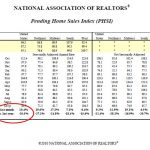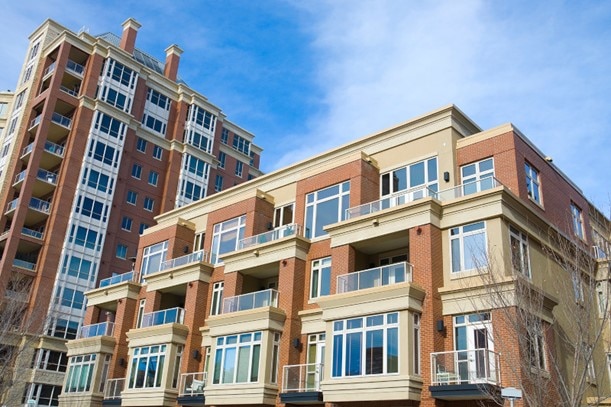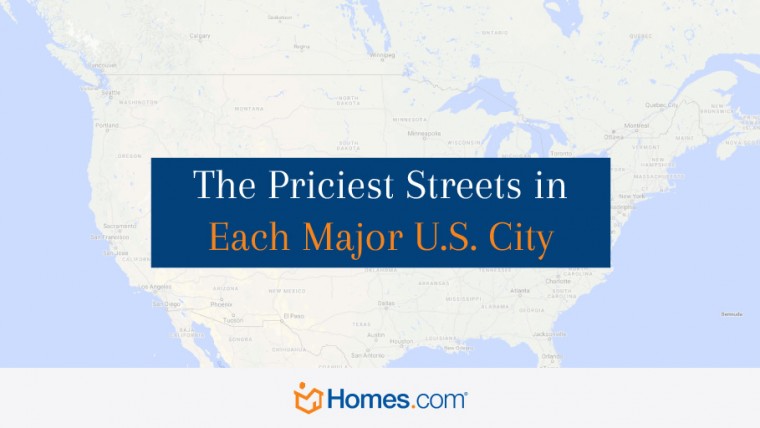“Buying a home has always been about more than owning a roof and four walls. It’s about investing in savings and building a family and planting roots in a community.”
That was the message from the Obama Administration earlier this year, when they put FHA loans back into the spotlight by significantly reducing the cost of monthly mortgage insurance for every new mortgage backed by FHA.

The Federal Housing Administration (FHA) is a United States government agency created as part of the National Housing Act of 1934. The Federal Housing Administration is one of the few government agencies that is completely self-funded.
Often maligned, the FHA loan program has helped millions purchase a home and, by all accounts, achieved the goals of its mission statement to:
- Help build and preserve healthy neighborhoods
- Expand homeownership opportunities
- Stabilize credit markets in times of economic disruption
During the Great Depression, the banking system failed, causing a drastic decrease in home loans and ownership. In 1934 the federal banking system was restructured. The National Housing Act of 1934 birthed the FHA.
By 1938, only four years after the FHA was born, a home could be purchased with only a 10% down payment. That served in stark contrast to the years preceding FHA when borrowers typically needed 50% down just to get a mortgage with unfavorable loan terms including balloon payments and adjustable rates.
By convincing banks to lend again, standardizing the mortgage process and reducing barriers of entry, the FHA spearheaded skyrocketing homeownership rates that pushed homeownership rates from 40% in the 1934 to 70% in 2001.
Since 1934, the FHA and HUD have insured over 34 million single family mortgages and 47,205 multifamily projects. FHA currently has 4.8 million insured single family mortgages.
As you embark on your home buying journey you’ll hear plenty of industry terms and mortgage jargon. The more you know, the smoother your process will go.

FHA Mortgage Terms to Know
Annual Percentage Rate (APR) – a measure of the cost of credit, expressed as a yearly rate. It includes interest as well as other charges. By federal law all lenders follow the same rules to calculate APR which makes it a good basis for comparing the cost of loans.
As-is Condition – the purchase or sale of a property in its existing condition without repairs
Compensating Factors – strengths of your application: excellent credit history, ample assets remaining after closing, low debt-to-income (buying with your means)
Debt-to-Income (Front-end) Ratio – a percentage comparing a borrower’s total monthly cost to buy a house (mortgage principal and interest, insurance, and real estate taxes) to monthly income before deductions
Debt-to-Income Ratio (Back-end) Ratio– compares the total of all monthly debt payments (mortgage, real estate taxes and insurance, car loans, and other consumer loans) to gross monthly income
Escrow Account – funds held in an account to be used by the lender to pay for home insurance and property taxes. The funds may also be held by a third party until contractual conditions are met and then paid out
Extenuating Circumstances – FHA considers serious illness or death of a wage earner extenuating circumstances that justify a previous foreclosure. An inability to sell the property because of a job transfer or relocation does not qualify as an extenuating circumstance, nor does divorce.
FHA 203b – section of the code defining mortgages made by qualified lenders to people purchasing or refinancing a primary residence
FHA 203k – section 203(k) insurance enables homebuyers and homeowners to finance both the purchase (or refinancing) of a house and the cost of its rehabilitation through a single mortgage or to finance the rehabilitation of their existing home
FHA Case Number – is a unique 10-digit number assigned to a loan through Case Number Assignment on FHA Connection. This unique case number is required for every FHA loan, purchase or refinance.
PITI: Principal, Interest, Taxes, and Insurance – the four elements of a monthly mortgage payment: payments of principal and interest go directly towards repaying the loan while the portion that covers taxes and insurance (homeowner’s and mortgage, if applicable) goes into an escrow account
Pre-Approval – a lender commits to lend to a potential borrower a fixed loan amount based on a completed loan application, credit reports, debt, savings and has been reviewed by an underwriter.
Upfront Mortgage Insurance Premium – the amount of mortgage insurances FHA charges and finances into each FHA backed loan. The current rate for Upfront MI is 1.75% of your loan amount.
Got it? Good. Now that the verbiage is familiar, we will break down the details on how to qualify, along with tips on how to make your FHA loan process as smooth as possible.
Join us in part two!
Amazon.com Best-selling author, Shashank Shekhar (NMLS 8176) is a mortgage lender with Arcus Lending, offering loans for home purchase and refinance. Shashank has been featured as a mortgage expert on Yahoo! News, ABC, CBS, NBC and FOX. He has been named "Top 40 under 40" most influential mortgage professionals in the country.

















